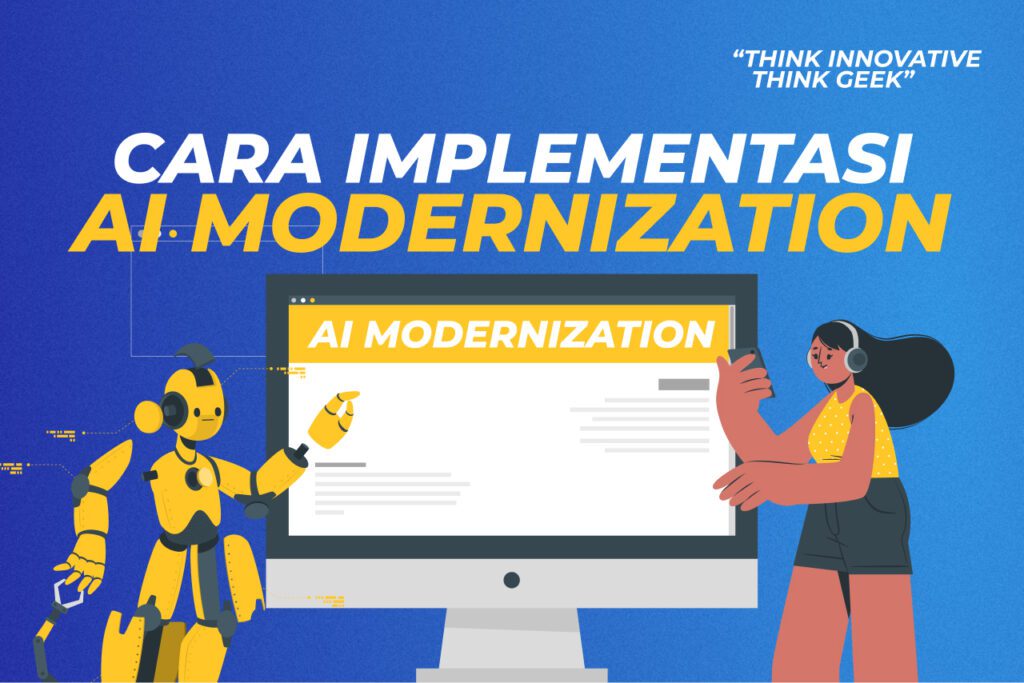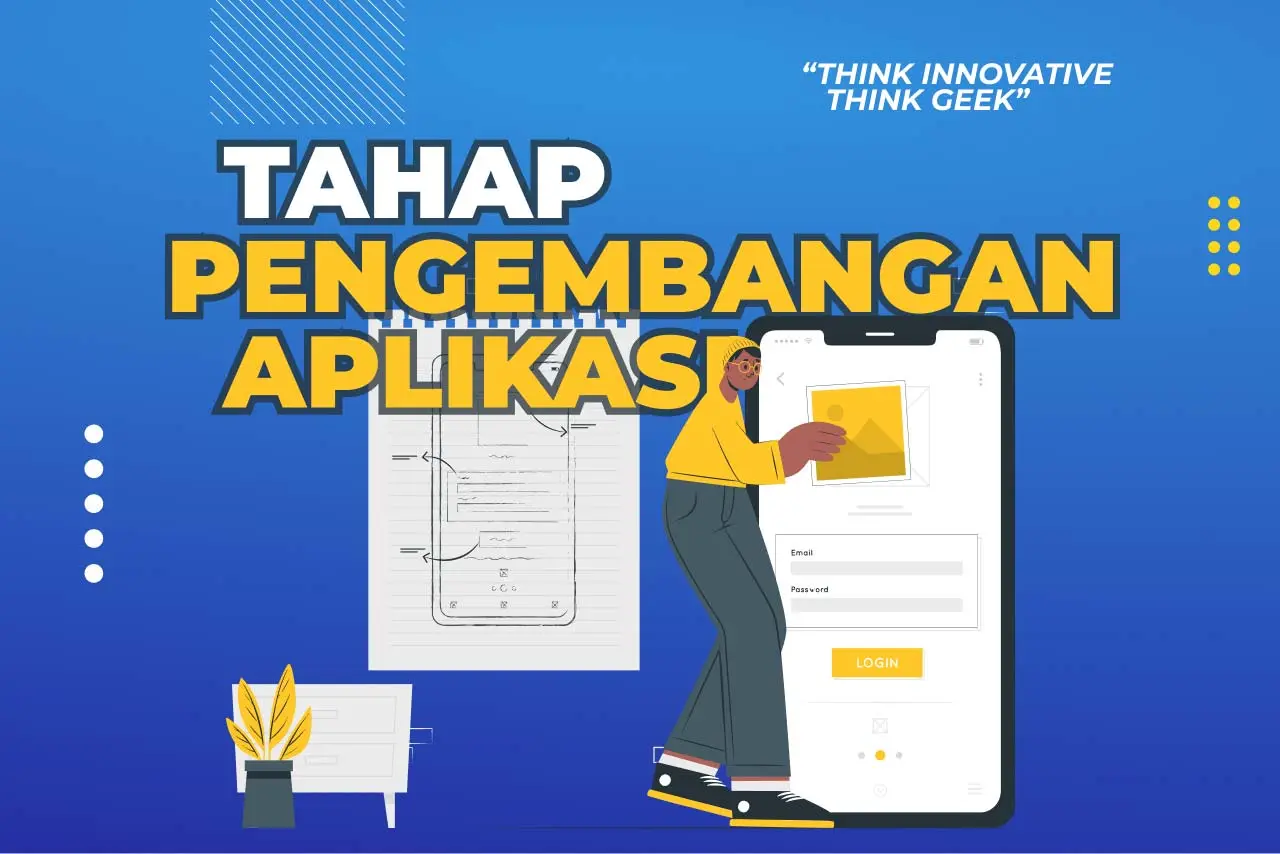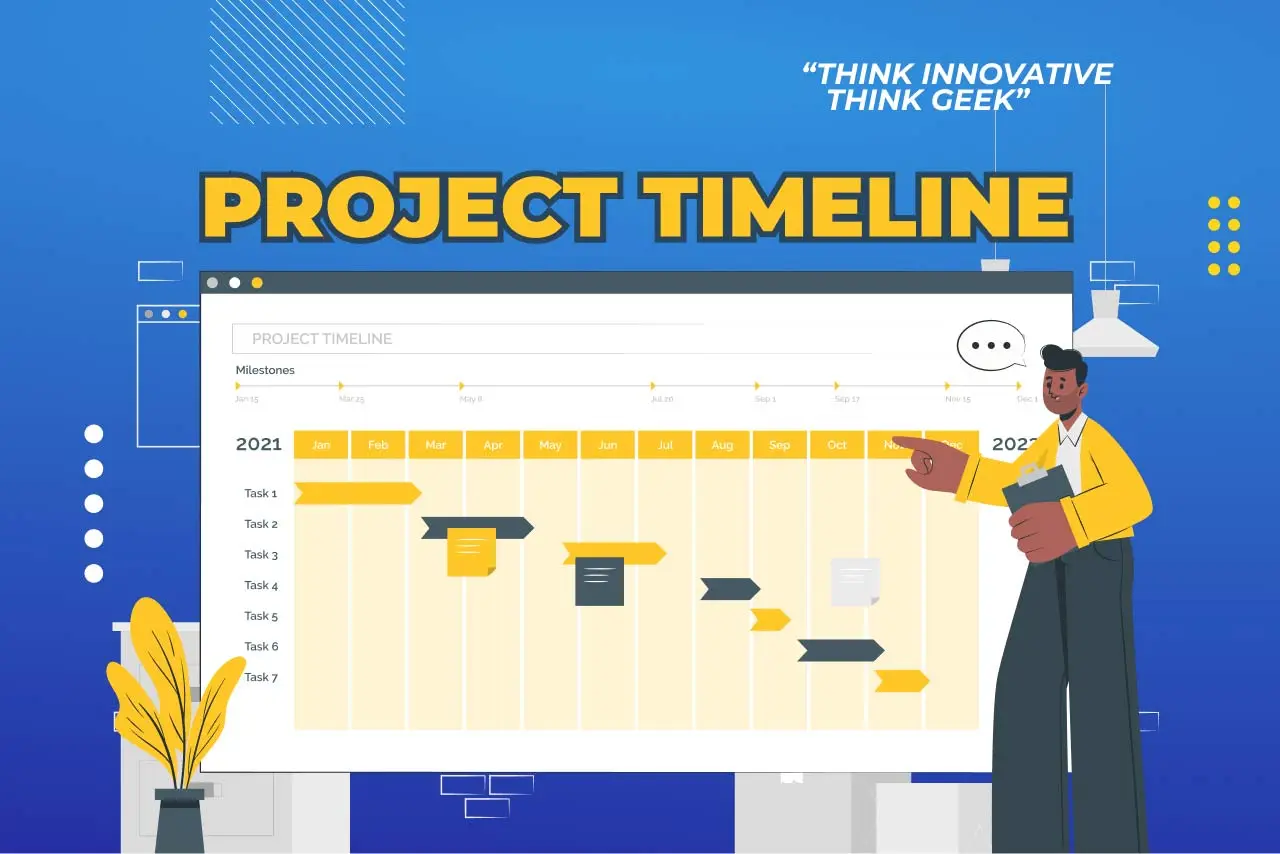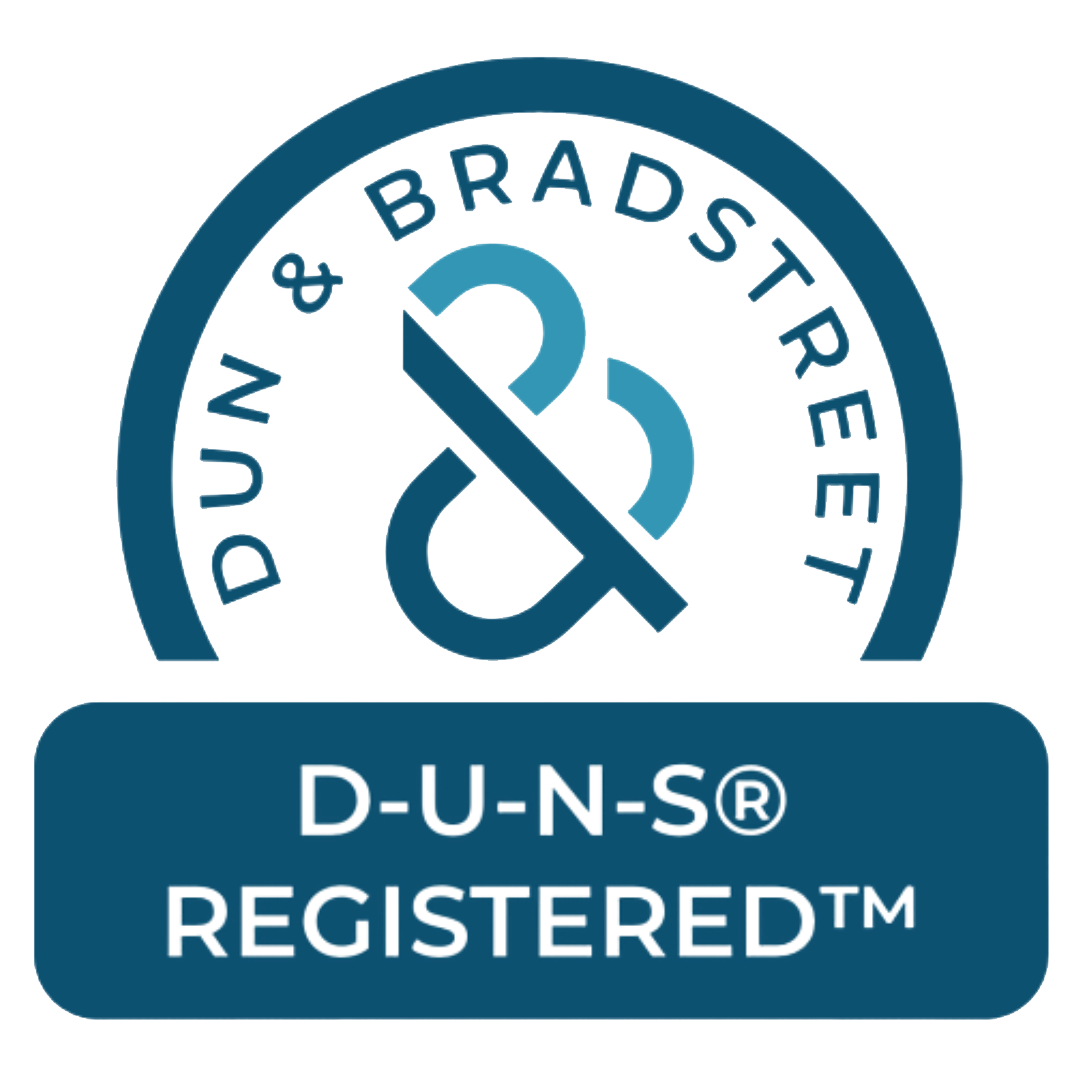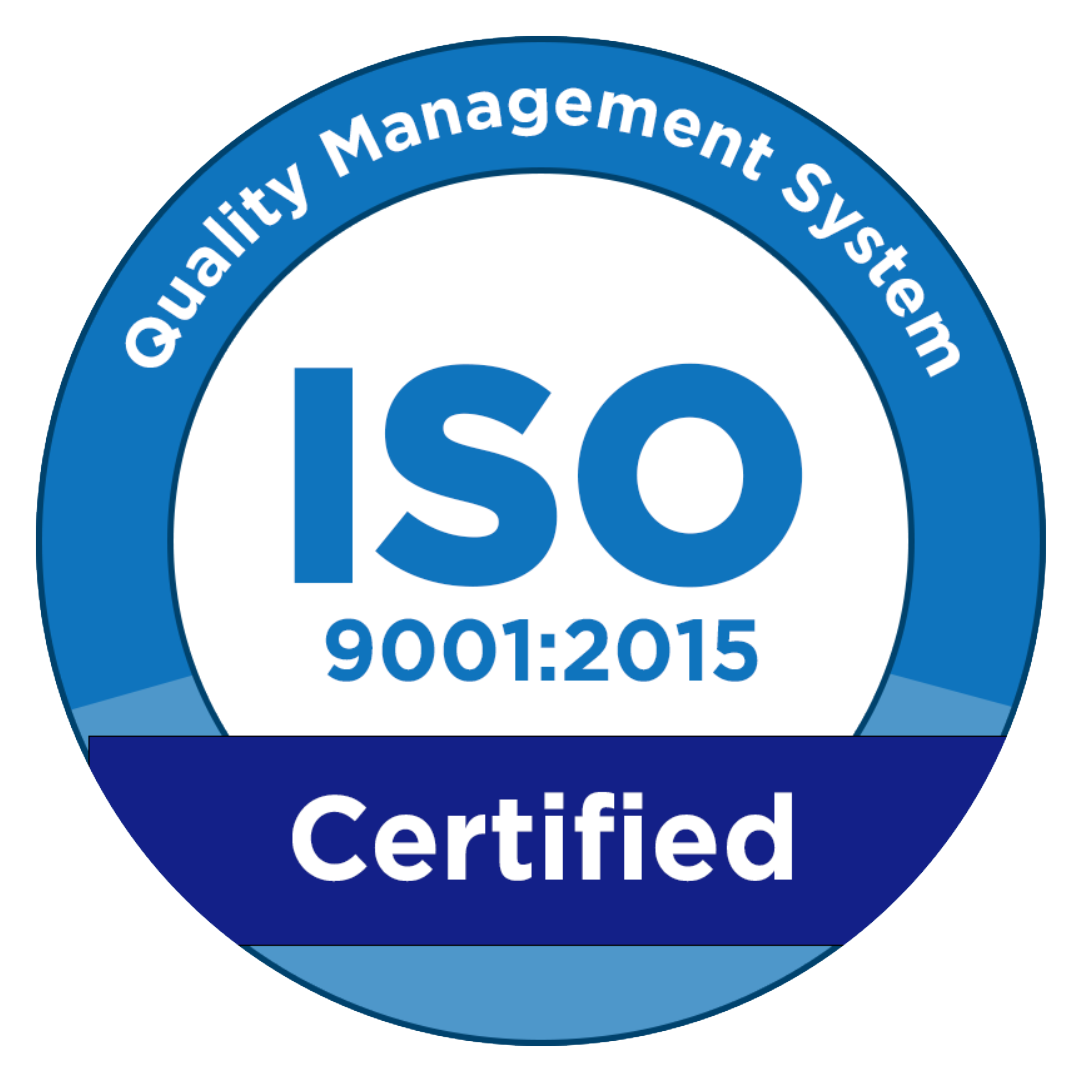In the increasingly advancing digital era, legacy applications are no longer merely “inherited from the past.” They can become major obstacles if not modernized immediately. This is where AI modernization emerges as a strategic solution that can transform old systems into intelligent, scalable, and agile digital foundations. So, how can AI modernization be implemented properly?
The implementation stages are not short; you must plan a mature strategy so that this technology can improve business efficiency.
By utilizing AI technology, from generative AI to machine learning pipelines, you can reduce OPEX, accelerate innovation, and enhance competitiveness in business. In this article, you will learn practical steps for implementing AI modernization.
What is AI Modernization?
AI modernization is the process of transforming legacy systems and applications by adopting artificial intelligence technology to comprehensively improve operational efficiency, flexibility, and business scalability.
This transformation is not simply about adding new technology but also involves re-engineering the existing system architecture to be able to operate in a modern technology environment.
Through the AI modernization approach, businesses can integrate machine learning models as well as generative AI modernization to automate various time-consuming manual processes. Therefore, AI modernization becomes a key strategy for companies that want to remain relevant and competitive in the digital era.
How to Implement AI Modernization?
So, how to implement AI modernization? Below is the process or method of implementing AI modernization to improve your business’s operational efficiency:
1. Legacy System Assessment and KPI Determination
The first step to go through is understanding your current condition and position. Conduct a thorough assessment of the legacy system, such as selecting modules and identifying components that limit your hardware’s potential.
Then, also set KPIs or Key Performance Indicators, such as AI system response time, the system’s ability to handle traffic, and ROI.
Read Also: Automation Solutions for Business Development in the Digital Era
2. Architecture Design and Platform Selection
Choosing the architecture and platform is a crucial stage. Identify whether the application will remain on-premise, migrate to the cloud ecosystem, or use a hybrid cloud method.
You can use TensorFlow and PyTorch for custom AI model development, and AutoML and VertexAI for no-code development. In addition, arrange a stable data pipeline and model serving system. You can also use components such as feature stores, versioning, and inference services.
3. Refactoring and Microservices Development
Next, you can use the strangler pattern method to gradually replace the system without disrupting operations. You can use Kubernetes for microservices and Docker for the containerization process.
Each modernized module can be separated as a microservice and connected via API to make it easier to develop and scale independently.
4. AI API Integration and Workflow Automation
Once your AI model is ready, immediately integrate it into the application using several platform options such as RESTful API, gRPC, and Kafka or event-driven architecture for real-time applications. Next, automate your workflow with a CI/CD pipeline so that the new model can be deployed without downtime.
5. Testing, Security, and Governance
After all stages are completed, conduct testing on the AI model to identify whether there are any issues in the system. Besides system testing, perform data encryption for security and review data governance to ensure your system complies with ISO or GDPR regulations.
6. Deployment and Monitoring
The final step is the deployment and evaluation phase, carried out gradually. You can use the canary release method to test the AI model on users.
Then, don’t forget to always monitor and evaluate model performance with metrics such as latency, throughput, error rate, and strive for regular health checks.
Important Use Cases in AI Modernization
AI modernization technology has begun to be applied in businesses across various industries. So, what are the examples of AI modernization implementation? Here are some popular use cases in AI modernization:
- Monolith to Microservices – A retail company breaks down its POS system into modular microservices with AI for demand forecasting.
- AI Chatbot for Customer Service – The implementation of generative AI speeds up customer service response times.
- Predictive Analytics for Maintenance – Automotive manufacturers apply machine learning to detect potential machine damage before it occurs.
Are You Ready to Accelerate Your Application Modernization with AI?

That’s an explanation of sustainable AI mainframe modernization along with how to implement AI modernization. Modernizing applications with AI is not merely a technology upgrade but a comprehensive transformation. From system assessment to deployment and monitoring, each stage requires the right strategy. Ready to transform your business with AI technology? Consult your business needs now!
Author: Sari Dewi (Content Writer)



